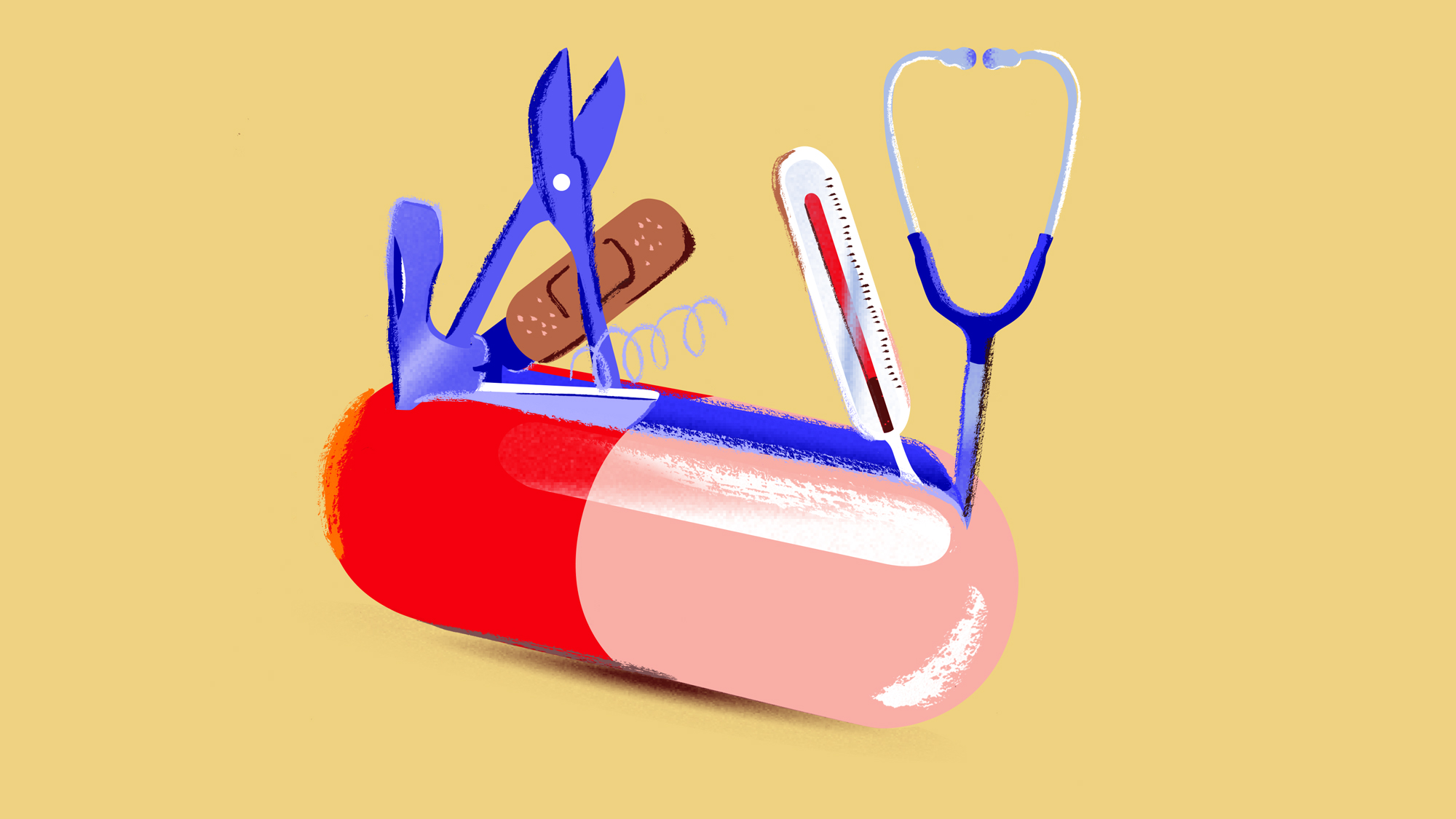IN 1989, Albert Wood and Peter Dunn thought they had unlocked a critical chemical door to treating hypertension and recurring chest pain. The two British Pfizer scientists reportedly created a new drug, named sildenafil, that reacts with a specific protein in muscle cells to allow for increased blood flow to the heart.
But a few years later, human clinical trials revealed the drug was only effective when given multiple times a day and had a poor reaction with other existing cardiac treatments. What’s more, the blood rush was going to unexpected places in the body in addition to the heart. In one study, a nurse observed that most of the male volunteers were lying on their stomachs in embarrassment. The reason? Erections. Wood and Dunn had inadvertently stumbled upon the medicine that became Viagra. The small blue pill treats millions of people each year with erectile dysfunction, and further research suggests it may prove helpful for nonsexual problems such as pulmonary hypertension and altitude sickness.
Sidenafil is one of many prescriptions that treat multiple unrelated illnesses. How a drug becomes a medicinal Swiss Army knife depends on its chemical makeup. Each dose contains compounds that lock onto specific receptors, but that could also have the ability to create or suppress other reactions in the body.
“When somebody takes a medicine, it doesn’t necessarily go to the exact organ they are trying to target,” says Evelyn Huang, an emergency medicine resident physician at Northwestern Memorial Hospital. “The drug circulates through the entire body, so if there are certain receptors found in different parts, it would also affect that organ.” With sidenafil, the drug enlarges blood vessels generally and happens to prep the penis for action specifically.
Another pill with the potential to tackle multiple conditions is mifepristone. This medicine is approved by the US Food and Drug Administration for medically induced abortions up to 70 days after a person’s last menstrual cycle starts. It works by blocking the effects of progesterone, which is needed to prepare and sustain pregnancy. (An ongoing lawsuit in a US district court in Texas could restrict its availability in pharmacies, doctor’s offices, and more.) Completely tamping down the hormone could also help prevent pancreatic cancer and melanomas, some early research shows. Additionally, at high doses, mifepristone aids in managing a condition called Cushing’s syndrome—characterized by extremely high levels of cortisol—by plugging the receptor that stimulates the production of sex and stress hormones.
Dosage also matters in producing different drug responses. For example, barbiturates are a type of sedative prescribed in different amounts for a range of conditions from anxiety to seizures. This class of medications enhances the activity of GABA, a neurotransmitter that can slow down brain activity. At smaller doses, barbiturates can make someone feel drowsy and relaxed. But at higher amounts, they can be used as an anesthetic for rapid loss of consciousness.
Because of the many ways a drug can affect the body, Huang warns against off-label use—taking a prescription for a condition other than the one it’s designed for. In any case, she recommends going over proper dosing, side effects, and other safety precautions with your healthcare provider. With more clinical and real-world research, it’s possible that off-label medications will be approved to target new health issues, producing formulas that pack more than one punch. Sidenafil, with its exciting possibilities, is at the top of that list.
Read more PopSci+ stories.

